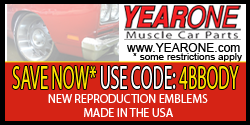- Local time
- 3:05 AM
- Joined
- Apr 13, 2012
- Messages
- 41,493
- Reaction score
- 150,693
- Location
- Granite Bay CA
I had the numbers typed in wrong. I have always used .7854..7854. Your formula is slightly off. (Well, it is in the first time, anyway)
But I agree. 433 and change.
















